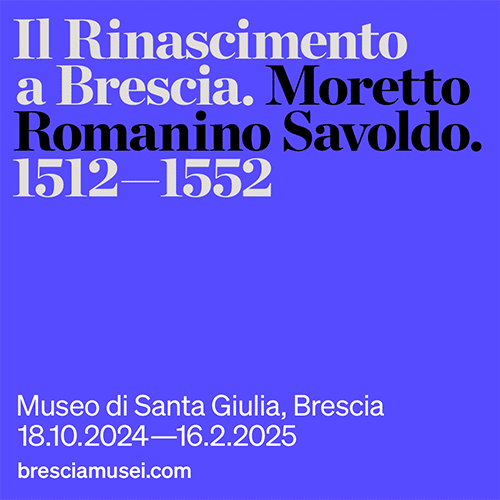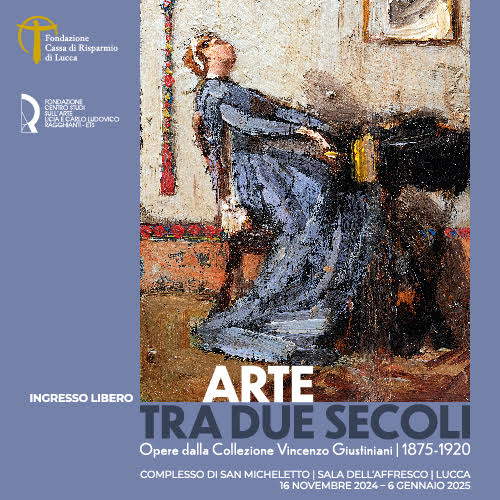Palazzo Chigi-Albani, a Renaissance jewel of Tuscia, will be restored
On June 1, the project for the recovery, restoration and enhancement of Palazzo Chigi-Albani, a Renaissance jewel located in Soriano nel Cimino (Viterbo), was illustrated in the presence of institutions. For the Superintendency, architect Yuri Strozzieri, architect Giuseppe Borzillo and superintendent, architect Margherita Eichberg, spoke. This project received a 5 million euro grant from the Ministry of Culture (MIC) as part of the “Major Cultural Heritage Projects,” in addition to a previous grant of 1,523,000 euros in 2021 for seismic improvement, consolidation and restoration of facades, roofs, floors and wooden ceilings.
Palazzo Chigi-Albani, also known as “Villa Papacqua,” is one of the most important architectural complexes in Tuscia and represents a significant example of a historic residence in Lazio. This building, built in the Renaissance, was owned by influential noble families and has held a monumental bond since 1922, notified to Prince Ludovico Chigi Albani della Rovere on June 13 of that year. Restoration is a fundamental intervention to return it to the community of Soriano, both for its cultural value and for the tourist potential it represents.
Since 1970, numerous interventions have sought to restore the Palace to its original state, including the restoration of the entrance portal and fountains. In 2019, work was carried out to secure the north elevation. Recent work includes architectural survey and initial cognitive investigations.
Palazzo Chigi-Albani has experienced several construction phases. The first development of the palace occurred in the 16th century, thanks to Cardinal Cristoforo Madruzzo, who acquired the fiefs of Soriano, Gallese and Bassano in Teverina in 1560. The construction of the first block of the building, commissioned by the cardinal (the project has been attributed to one of the greatest architects of the time, Jacopo Barozzi known as the Vignola, while in 1989 the scholar Fabiano Fagliari Zeni Buchicchio assigned it to the architect Ottaviano Schiratti from Perugia), took place between 1564 and 1572, including the prestigious Fonte di Papacqua, consisting of several fountains: the fountain of Satiressa, the fountain of Moses, the reed fountain with fifteen masks, and the grotto-ninfeo with the rustic rocaille-style fountain.
After the marriage between Fortunato Madruzzo and Margherita Altemps, the fiefs passed to the Altemps: it was Roberto Altemps, duke of Gallese and marquis of Soriano, who sold the fief and Villa Papacqua to the brothers Annibale, Carlo and Alessandro Albani, nephews of Pope Clement XI. A second significant development took place precisely in the 18th century, under Cardinal Annibale Albani, with extensions and new buildings, such as the elevation of the casino and the creation of hanging gardens. The first significant extension dates from 1715-1716. With the death of Prince Filippo Giacomo Albani, the feud was inherited by the Chigi family in 1852. In 1917, Prince Ludovico Chigi commissioned a radical restoration of the palace. In 2004, the complex was purchased by the Province of Viterbo and the Municipality of Soriano nel Cimino.
The goal of the restoration is to recover and return the Palace to the community, protecting and enhancing its history and identity, and improving its usability and accessibility for the public. This intervention is seen as an investment for the future, with a potential positive impact on cultural tourism and the local economy.
Image: Soriano nel Cimino, Chigi-Albani Palace
 |
| Palazzo Chigi-Albani, a Renaissance jewel of Tuscia, will be restored |
Warning: the translation into English of the original Italian article was created using automatic tools. We undertake to review all articles, but we do not guarantee the total absence of inaccuracies in the translation due to the program. You can find the original by clicking on the ITA button. If you find any mistake,please contact us.






























